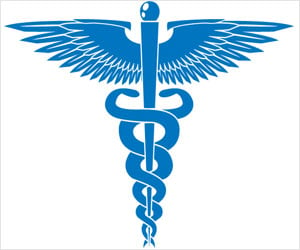Medicaid is a joint federal-state program that provides health care coverage for low-income people - primarily children, pregnant women, parents, the disabled and elderly.
What is it and who does it cover?
Medicaid is a joint federal-state program that provides health care coverage for low-income people - primarily children, pregnant women, parents, the disabled and elderly. About 60 million people receive Medicaid benefits at some point during the year. Children account for about half of those enrolled. About one-quarter are elderly or disabled.In addition, another national health insurance program, the Children's Health Insurance Program (CHIP), covers more than 7 million low-income, uninsured children who are not eligible for Medicaid. That program is expected to grow to 11 million children by 2013.
Medicaid is administered by the states, although the federal government sets minimum eligibility standards and provides at least half of the funding.
What is the current state of Medicaid?
The recession has undermined the budgets of many states at the same time that millions more people, hard hit by job cuts, are enrolling in Medicaid and CHIP. Even though Congress included $87 billion in the stimulus funding legislation to help states pay for Medicaid through 2010, the aid is temporary and further cuts are expected in programs.
How much does Medicaid spend?
Advertisement
While most people enrolled in Medicaid are children and parents, most of the money spent - 68 percent in 2006 - is spent on the elderly and disabled.
Advertisement
Democrats see the Medicaid program as an important means of covering the uninsured. The bills differ on details but all of the pending Democratic measures would increase the maximum amount a person could earn as income and still be eligible for the program. In addition, all of these bills would extend Medicaid coverage to a new category of individuals - childless adults who fall below the income thresholds. Twenty-four states have some childless adult coverage now. And, although details again vary, all of the proposals would provide more federal funds to states to help pay for this new coverage category.
Depending on the proposal, children who currently are enrolled in the CHIP program could remain in it, enroll in a new regulated marketplace called an "exchange" or "gateway," or be enrolled in Medicaid.
Additionally, the House legislation would boost payment rates for doctors and other practitioners to the same level as Medicare payment. Right now, Medicaid physician fees are 72 percent of the fees Medicare pays to doctors. If rates aren't raised, analysts say, there won't be enough doctors to take care of the increased number of people entering the Medicaid program.
Source-Kaiser Health News
LIN










